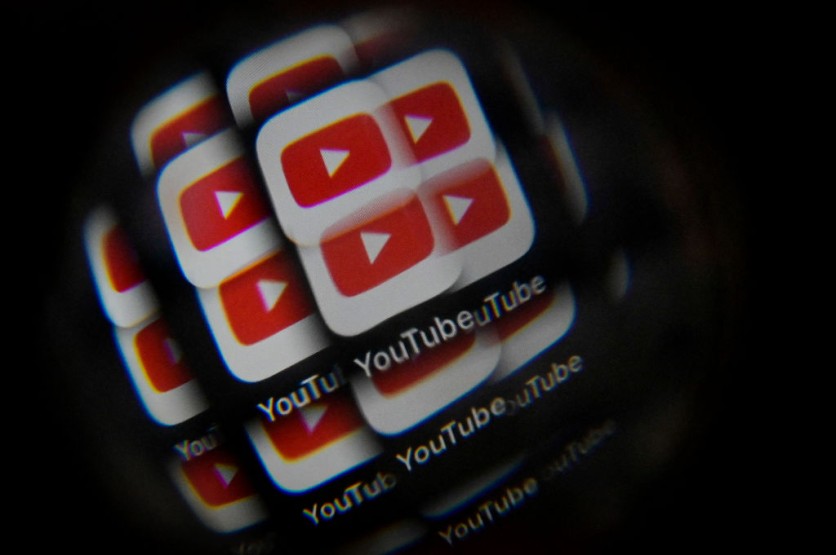YouTube has unveiled an update to its advertiser-friendly guidelines, introducing more lenient rules concerning sensitive topics like abortion, eating disorders, and sexual and domestic abuse.
This revision enables YouTube creators to monetize their videos on these subjects under some circumstances and as long as they refrain from going into explicit or graphic details.

YouTube Now Has More Lenient Rules for Sensitive Topics
Conor Kavanagh, the lead of YouTube's monetization policy, conveyed in a video on the Creator Insider channel that the platform acknowledged that videos discussing these topics can serve as valuable resources to users.
However, he emphasized that the company wants to "ensure that, wherever possible, controversial issues discussed in a non-descriptive and non-graphic way aren't disincentivized through demonetization."
Furthermore, Kavanagh acknowledged receiving feedback from some creator communities, highlighting concerns that they will likely receive more yellow icons than others, which signifies that the video is marked as not suitable for advertisers, because they tackle these topics.
Specifically addressing content related to eating disorders, YouTube has announced its intention to align its advertiser-friendly guidelines with the existing community guidelines, which means creators can't monetize videos about eating disorders.
Kavanagh also mentioned that YouTube is committed to improving communication about updates, not just through written posts in the update log and studio notifications but also through explanatory videos featuring experts responsible for specific policy areas.
"You told us that when we update our guidelines, you value communication of changes, not only through posts to our update log, as well as studio notifications but also hearing the changes explained in clear terms from some of the people who work on a given policy area. So for updates to our ad guidelines, you can expect more videos like this one, walking you through the changes," Kavanagh said.
Read Also : Did YouTube Promote Anti-Vaccine Content During COVID-19 Pandemic? New Study Provides Answers
YouTube Changes in Ad Formats
The updated guidelines from YouTube also addressed changes in ad formats. Starting in November, the platform is streamlining the options for ad formats that appear before or after videos to enhance creator revenue.
It will involve the removal of individual ad choices for pre-roll, post-roll, skippable, and non-skippable ads. When ads are enabled, YouTube will determine the most suitable ad format for new long-form videos.
Mid-roll ad options remain unaffected, and existing long-form video ad settings will be retained unless modified by the creator. For members of the YouTube Partner Program, revenue-sharing opportunities through ads remain available.
The guidelines provide creators with detailed information on which videos or Shorts on their channel are deemed suitable for advertisers. That encompasses insights into the platform's self-certification questionnaire and specific ad eligibility rules.
It is important to note that these policies extend to all aspects of content, including video, Shorts, live streams, thumbnails, titles, descriptions, and tags. Additionally, creators can request human review for decisions made by automated systems.
Related Article : YouTube Removes False Claims About Cancer Treatments Following Updated Medical Misinformation Guidelines

ⓒ 2025 TECHTIMES.com All rights reserved. Do not reproduce without permission.




